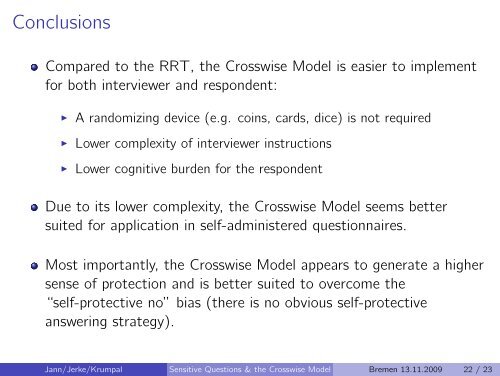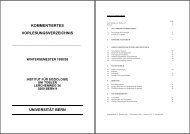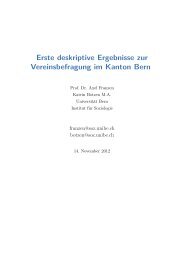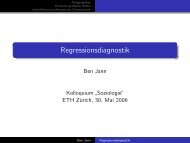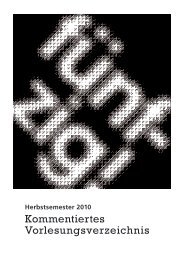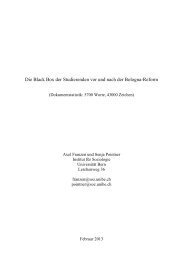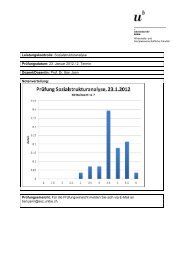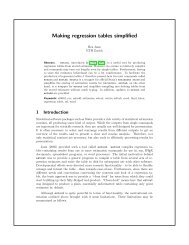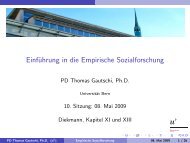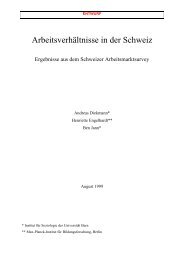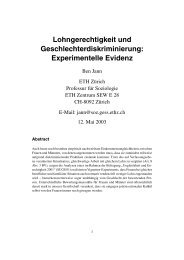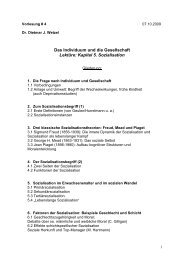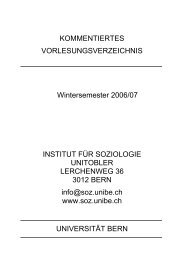Asking Sensitive Questions Using the Crosswise Model: Some ...
Asking Sensitive Questions Using the Crosswise Model: Some ...
Asking Sensitive Questions Using the Crosswise Model: Some ...
Create successful ePaper yourself
Turn your PDF publications into a flip-book with our unique Google optimized e-Paper software.
Conclusions<br />
Compared to <strong>the</strong> RRT, <strong>the</strong> <strong>Crosswise</strong> <strong>Model</strong> is easier to implement<br />
for both interviewer and respondent:<br />
◮ A randomizing device (e.g. coins, cards, dice) is not required<br />
◮ Lower complexity of interviewer instructions<br />
◮ Lower cognitive burden for <strong>the</strong> respondent<br />
Due to its lower complexity, <strong>the</strong> <strong>Crosswise</strong> <strong>Model</strong> seems better<br />
suited for application in self-administered questionnaires.<br />
Most importantly, <strong>the</strong> <strong>Crosswise</strong> <strong>Model</strong> appears to generate a higher<br />
sense of protection and is better suited to overcome <strong>the</strong><br />
“self-protective no” bias (<strong>the</strong>re is no obvious self-protective<br />
answering strategy).<br />
Jann/Jerke/Krumpal <strong>Sensitive</strong> <strong>Questions</strong> & <strong>the</strong> <strong>Crosswise</strong> <strong>Model</strong> Bremen 13.11.2009 22 / 23


